“The Second Self. Computers and the Human Spirit” by Sherry Turkle
Download the PDF version of this reading
Part 1, Chapter 2: Video Games and Computer Holding Power.
Write your impressions and reflections: min 250- 500+ words
Add links and media.
To be honest, I found it strange that quite a bit of the readings weren’t directly Interactive Media or art related (in my opinion), and when I was reading Turkle’s chapter about video games, I was trying to figure out how this was related to IM. And then I remembered that video games are actually art, and a great example of interactive media at that. So before I begin to discuss about some of the many points on video games raised in Turkle’s chapter, I would like to talk about my opinion on video games and its relation to art!
Video games have become so common in today’s society especially among the generations born into the digital age, that they have become their labels. People have lost sight of video games as a work of art. However, in my opinion, games are one of the most successful artforms; one of the most notable instances of coming close to a true Gesamtkunstwerk. There so many aspects of art and design in video games- Character design, environment/level design, soundscape, animation, narrative writing, etc. So many overlapping areas of art that I cannot even fully differentiate or name them all. You basically design every single detail in a whole new world! And if that does not include almost all, if not all, artforms then I don’t know what other artwork would be able to achieve so.
A normal video game would stimulate visual and audio sensory experiences, but with the advancement of technology, more senses are being incorporated into games. Gaming devices like the Occulus Rift, opens a whole new world of VR and allows us to have a deeper level of sensorial immersion, such as the addition of physical sensation, or a more immersive in game point of view. Maybe in the future, smell and taste might be possible in video games too! Who knows. Furthermore, there are video games suitable for all ages, making ir an extremely inclusive form of art. With so many genres to pick from, from first person shooting to puzzle games to horror, one is bound to find a game that would suite your personal tastes. Additionally, each game usually offers an individualized yet universal experience to players. That is a quality that interactivity in many artworks try to achieve. For example in games such as Detroit: Becoming Human, players are given different options that will open up different pathways in the story tree, allowing them to craft their own story/experience in a way, but still having the same overarming ark, or being able to reply to try out different experiences.

Multiple options to choose from in Detroit: Becoming Human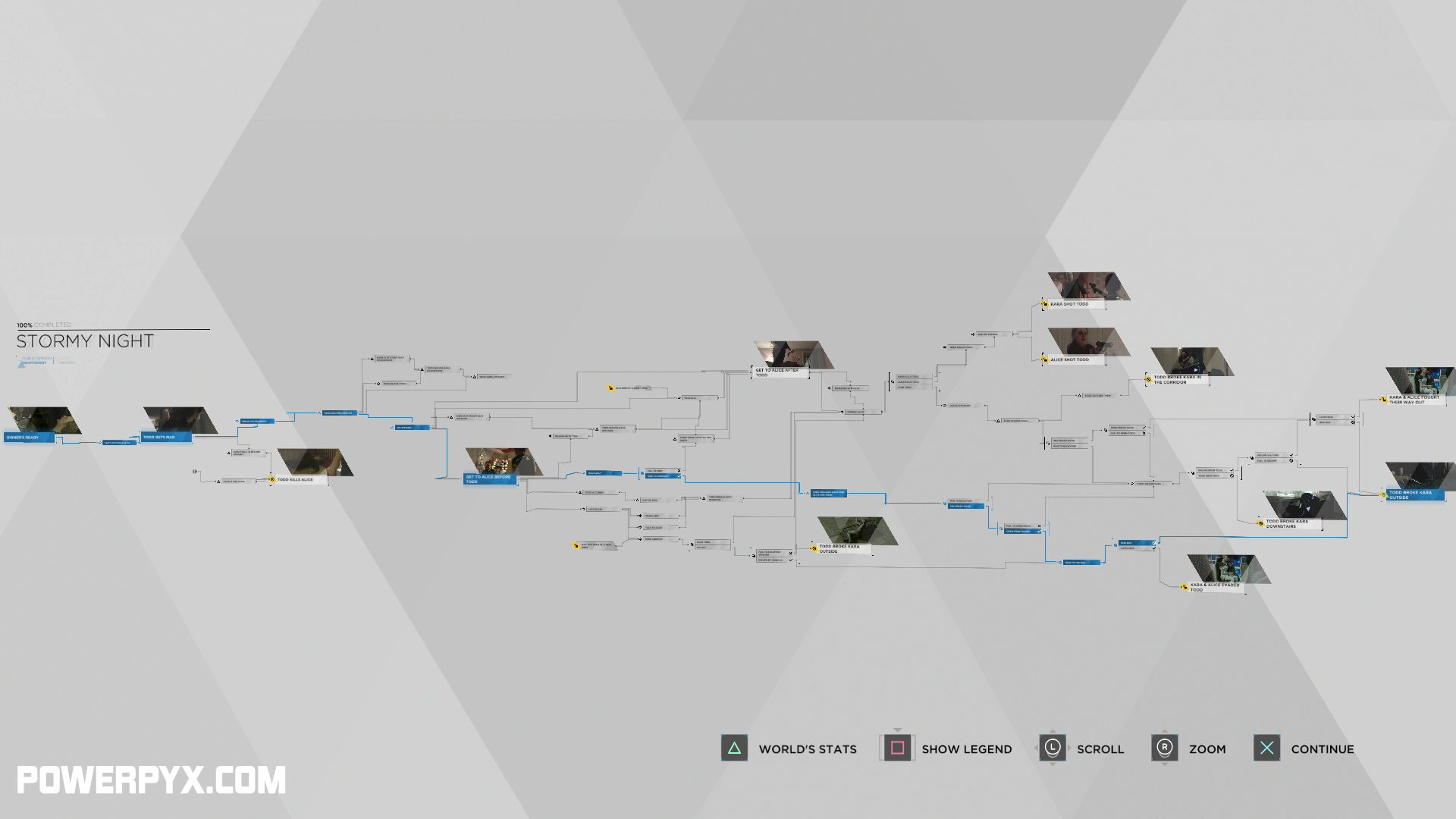
At the end of chapter, the story tree shows how your choices led to an ending 
Now moving on to some points mentioned in Turkle’s writing! –
“There has been controversy about video games from the days of Space Invaders and Asteroids, from the time that the games’ holding power provoked people who saw it as a sign of addiction to become alarmed…
For Jarish knows that despite the complexity of the games, there is program behind, there are rules. There is the computer that Jarish mythologizes as the dream machine that can make anything possible and as the rule machine that makes everything that is crazy ultimately controllable…
Most people don’t become addicted to video games just as most people who diet don’t become anorexic. But when they use these powerful materials to measure themselves, they are at risk. And, of course, some people come to the material more vulnerable than others. The greater the anxiety about being out of control, the greater the seduction of a material that offers the promise of perfect response.”
Even till now, the social effects of video games are still being widely debated, and controversial. Many still view video games as addictive, video games as violence instigators. Even recently, Trump suggest that video games are the cause of violent outbreaks such as mass shootings due to the glorification of violence in video games. Although I do agree that some video games do glorify violence, I find that this video game stereotype no longer holds true to many games now. Now, there are more and more games with different genres, and messages. Shooting and killing games aren’t the only genres in the game industry. There are numerous non-violent games that are immensely popular, such as the recently trending Animal Crossing: New Horizons, a wholesome video game where you create a home, interact with cute animal villagers, and just enjoy life whilst exploring. There are even games that preach non-violence, such as Undertale. In the battles in Undertale, you can choose to resort to violence, or to use words to talk ourself out of the fight. Choosing not to resort through violence throughout the whole game will lead to a True Pacifist Ending, which is considered the “true ending” to Undertale, leading to a happy conclusion and the complete credits. If the player choose to resort to violence and slay enemies in some battles during the play through, they will complete the Neutral Route. Upon completing the Neutral Route, the protagonist receives a phone call after the credits that provides a hint to the next requirement for getting the True Pacifist Ending, prompting them replay and choose that pathway instead.
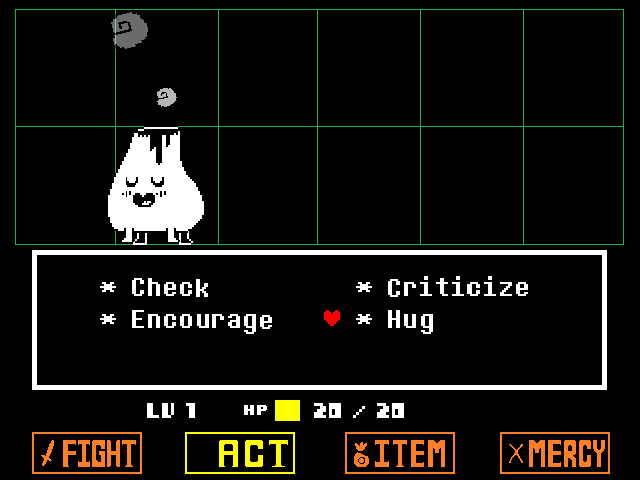
Example of battle mechanics, you can choose to “Fight” or “Act” in different ways, and eventually spare “Mercy” instead of resorting to violence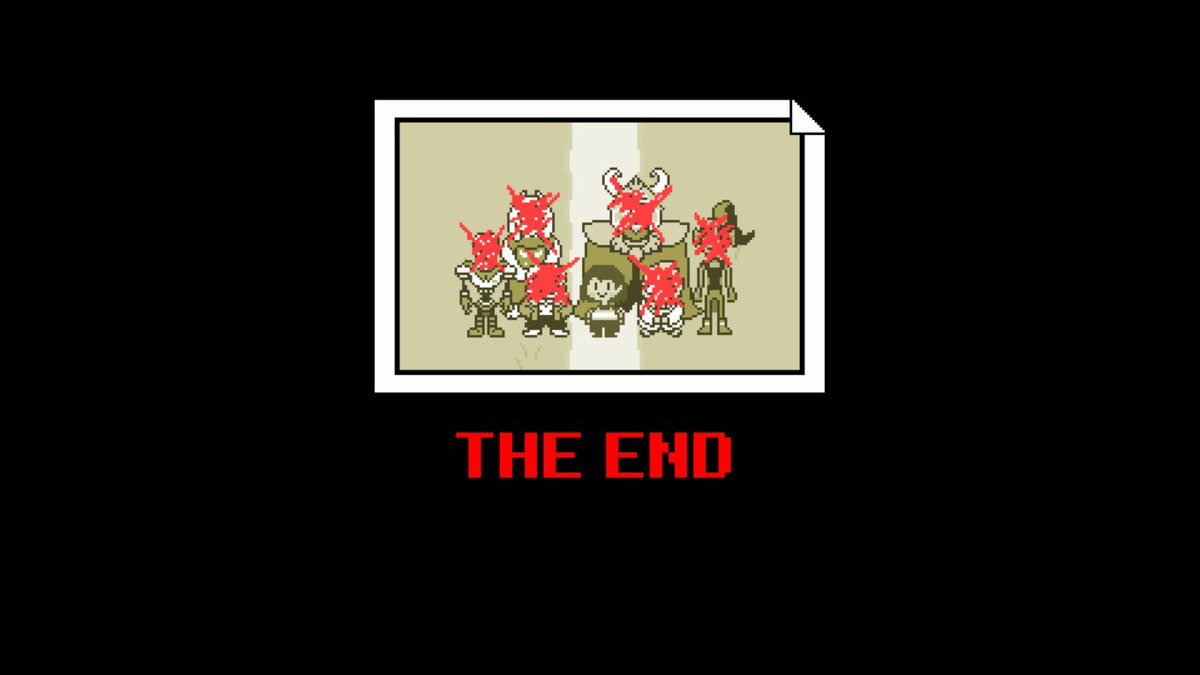 Ending for True Genocide Route, where you kill everyone (above) versus True Pacifist, where no lives are taken and the story truly ends (below)
Ending for True Genocide Route, where you kill everyone (above) versus True Pacifist, where no lives are taken and the story truly ends (below)

Many people are drawn to games because of the power they hold in games. Unlike in real life, almost everything you do is solely controllable by the player in a game. Like what Turkle said, they get seduced by the control one wields in the game, compared to real life which is unpredictable, where many a times, things happen outside of our control. Is giving people power and control over something a good way to make them engage with your creation? Anyways, I think people who get addicted to games and are actually influenced to carry out violent acts already have pre-existing psychological issues, and the full blame (or any blame at all) cant be placed on video games.
“Marty is a twenty-nine-year-old economist who works for a large Manhattan bank. He is a nervous, wound-up man. “I’m a real worrier. A real ‘type A person.’ That’s me.” He says he plays the game because he needs “to have something to do which is so hard that I can’t think of anything else.” The games force him into another mental space where the thoughts and the cares of his day cannot intrude. For many years, Marty used transcendental meditation to relax. Now he uses video games.”
I feel like games are usually painted as a villain, often affiliated with connotations that people forget its positive impacts. People go to museums to look at artworks, as a form of entertainment; or make their own art as a form of therapeutic release. Games are works of art, games can be the same too. Games are a great form of escapism from the real world. Like mentioned before, people are able to escape into a new reality which they have more control over, or one that is out so fictionally out of their wildest dreams, where they are able to choose their own story and create a new identity. They can be transported into a world that allows them to relax, and provide entertainment.
Its interesting that some games are created with for relaxation in mind. Games like Journey or Abzu takes players into a beautiful tranquil landscape , and aims to create a really zen game play experience. There are even games you can play with friends to enjoy some time together and relax, such as Snipperclips or Animal Crossing.
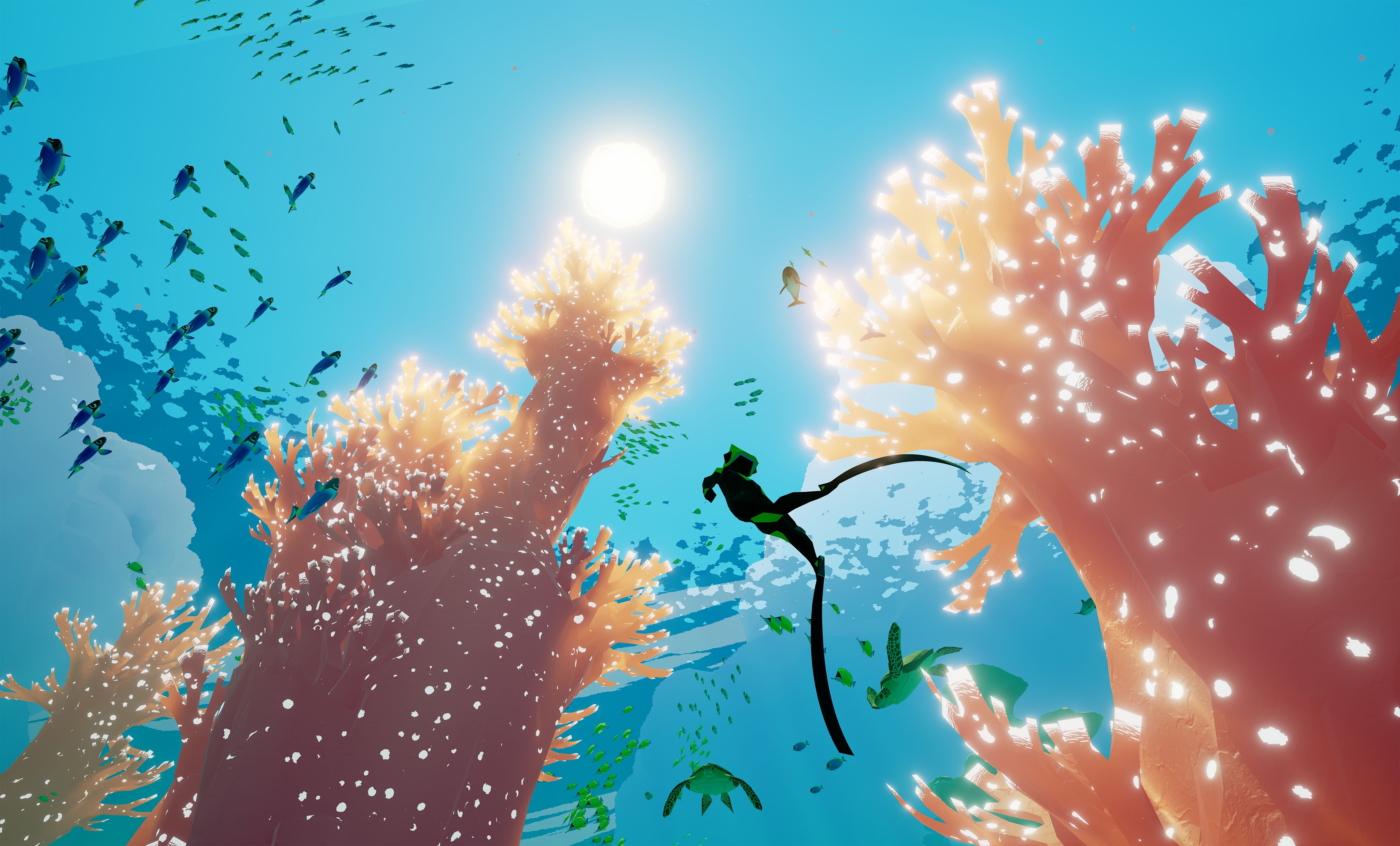 Abzu
Abzu  Journey
Journey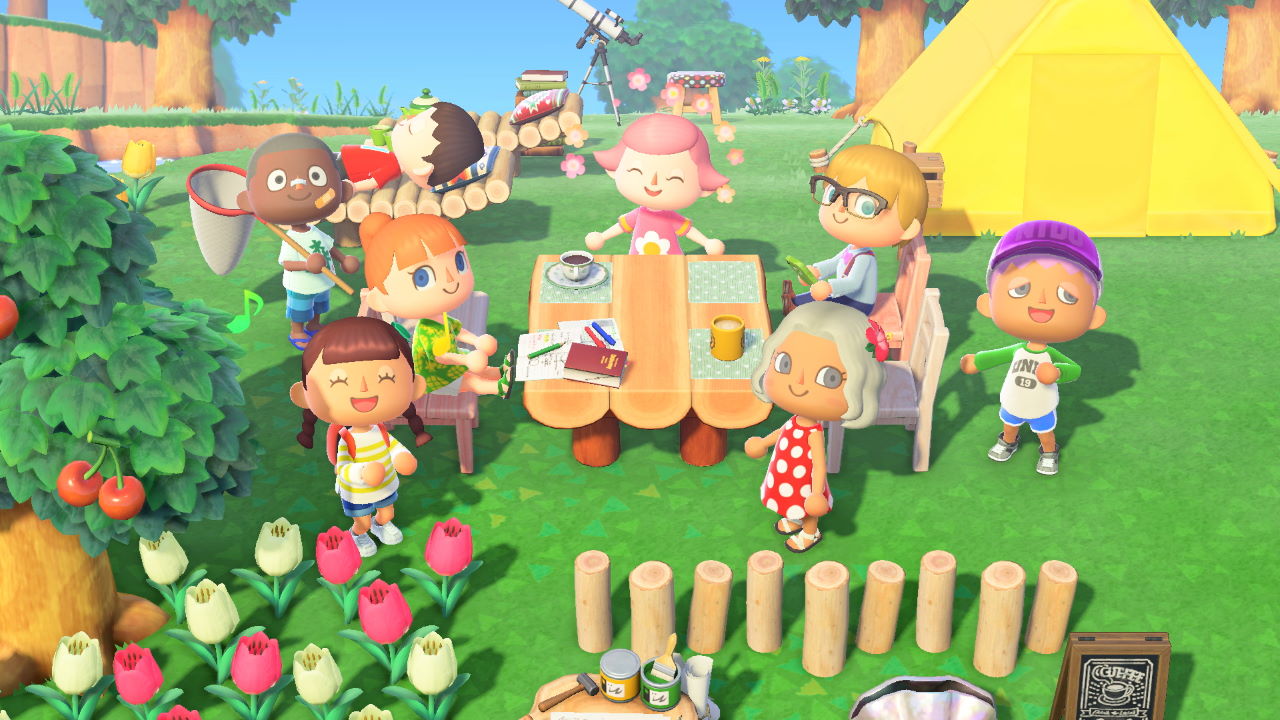 Animal Crossing
Animal Crossing
“Technological advances have enabled designers to create games that provide visually appealing situations and demand a diverse and challenging set of skills. But the ambition is to have the appeal of Disneyland, pinball, and a Tolkien novel all at once. Games like Joust do not offer the imaginative identification with a character and a situation that literature does.”
Its interesting that Turkle noted how people wanted more customization and literary in games. Perhaps thats what sets video games apart from other forms of art and makes it successful. The fact that video games are such flexible amalgamations of both art and design. In more traditional artworks like paintings, the audience has no hand to play in creating or playing around with the work, and they could each have vastly different interpretations. Compare that to video games, where the audience has almost full interactivity and control of what they wish to do, with the power to personalize their experience; whilst they might all experience something different, the overall story line or overarching message they derive is still more or less the same. Video games are designed so that everyone is still able to understand the basic narrative, although it still allows for some interpretations; while in art the fundamental artist message might still be lost to some; while in design, there is no room for interpretation for good designs.
“The knights in Joust owe their appeal to associations the player makes with fantasies about medieval combat that have been sparked through other media. And even the graphically “advanced” Joust lacks the degree of individual characterization one has come to expect in animated cartoons. Designers are starting to break out of these limitations. New generations of computer graphics will allow game characters to have more realistic gestures and facial expressions. New programming techniques offer the hope of creating characters who have more specific and interesting personalities than the monsters in Pac-Man so that players’ interactions with them may feel more like a social encounter and less like controlling a pinball”
A good example for the above paragraph is the game Monster Hunter World. When you begin the game, you are free to customize your characters looks however you want. Whats so cool about MHW is that the graphics look pretty realistic and you can customize numerous details from the age of your character to the color of their hair, or if they have special markings on their faces, etc. During the game, there is even more ways you can create your own unique character, by mixing and matching whatever armor or weapon you prefer as you carry our your quests in the main story line. MHW also allows for co-op battles with your friends to slay the monsters. Being able to play games alongside your friends is something that many games are working towards today. By giving the option to play multiplayer, games can indeed feel more like a social encounter, and less like a solitary activity. Hmm, maybe its just my lack in knowledge of artworks, and the vastness of the artworld, but I struggle to think of works of art that allows its audiences to partake in social interactions that help build or complement the artwork.


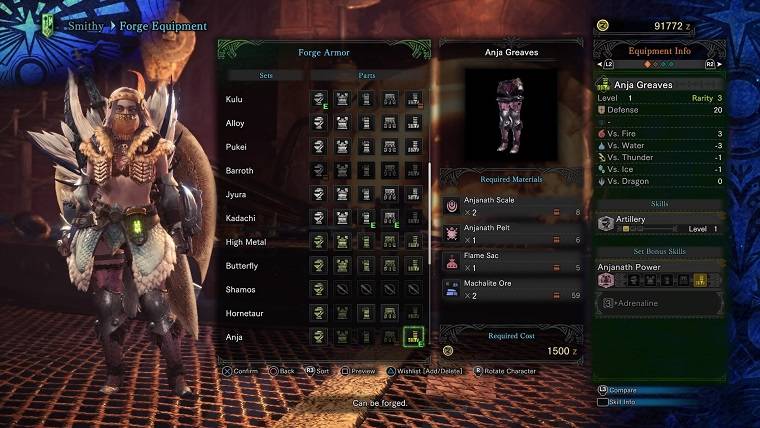
Different weapons to wield and different parts of different monster armours to choose from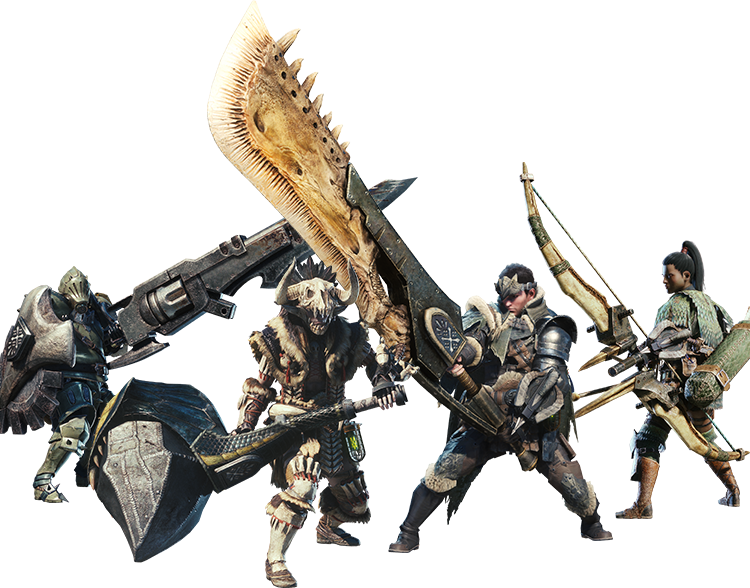
“Woody Allen dreamt of the interactive novel. Video game designers plan to implement it, perhaps less voluptuously, by putting the player in control of a character who lives not in a maze but in a piece of literature.”
This got me thinking of Netflix’s latest Blackmirror movie, Bandersnatch. The first time I played it, I found it to be an interesting experience, and thought that it was rather innovative, a movie that you could decide your own ending! But after finishing the whole film, I still thought it was cool that Bandersnatch was blurring the lines between movies and games now, but I was kind of disappointed at its level of interactivity with the literature. I realized that the choices you made did not really affect what happens in the story, or that they would kill the main character off, thus making it seem that there is a “Right Choice” in the film. Although Bandersnatch did disappoint a bit, I think that it set down the foundations for more interesting interactive novels, like what Woody Allen dreamt of, to come. Perhaps future examples would do well to learn from the diverse and deep interactivity found in video games. But by then, I wonder, would the film be seen as a video game then? What would set them apart? Simply the medium of presentation? One presumably using actors and cameras, while the other digital or hand drawn animations. But then again, more movies today are also starting to rely on 3D animations to create characters or scenes, and like what Turkle said, new generations of computer graphics are allowing games to appear way more realistic. Is it possible that if interactive films became more common in the future, they would slowly morph into games, while games morph into them? Would there be a clear line of distinction between the two, or will they be added to a long list of never ending debates such as “what is the difference between art and design?”.


